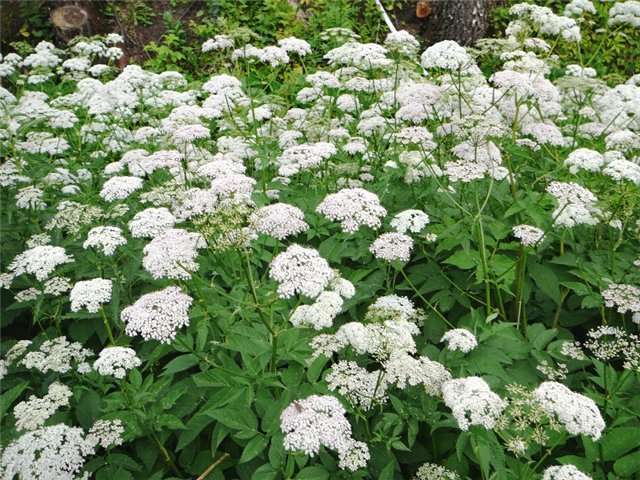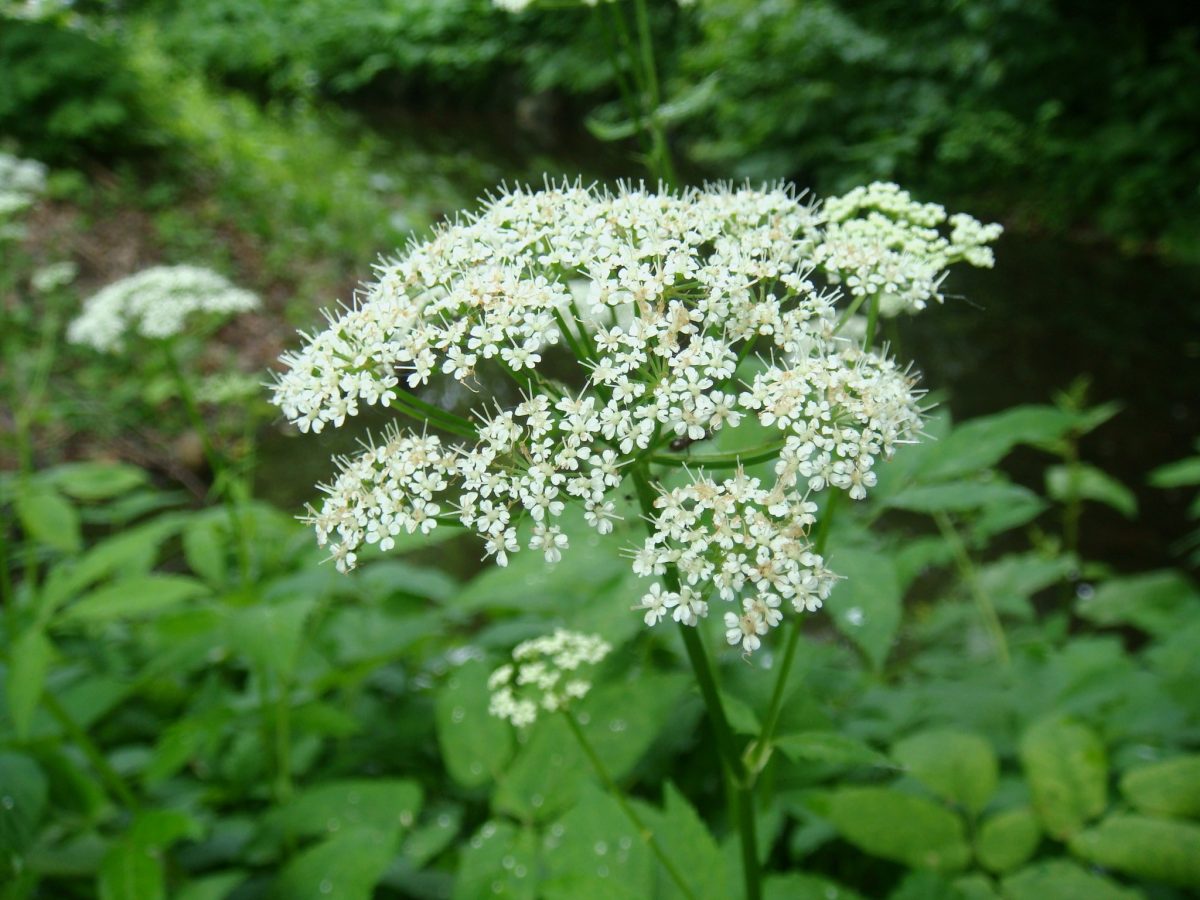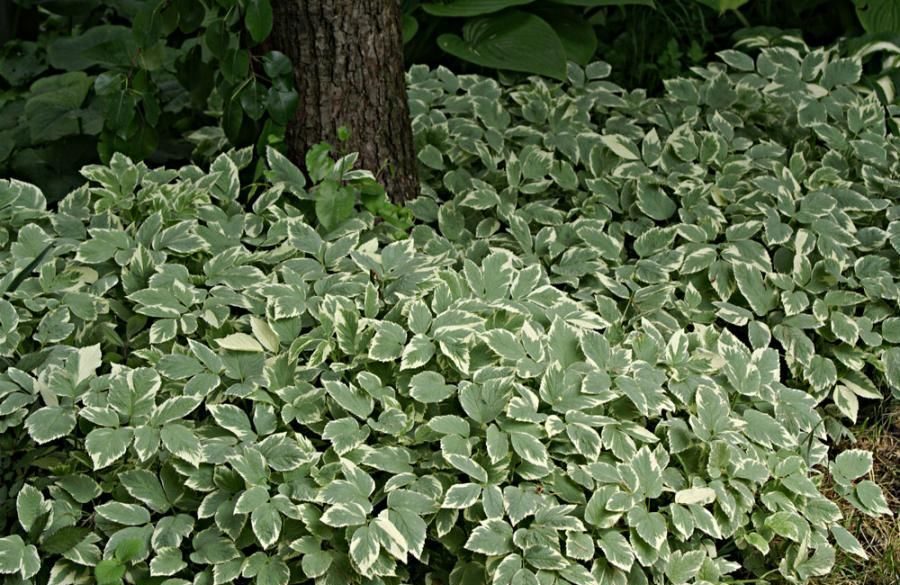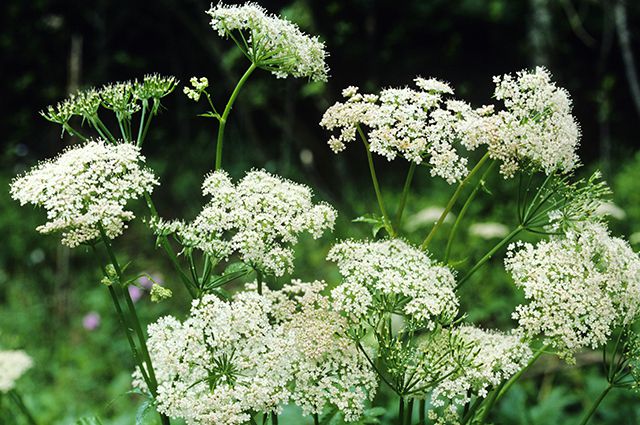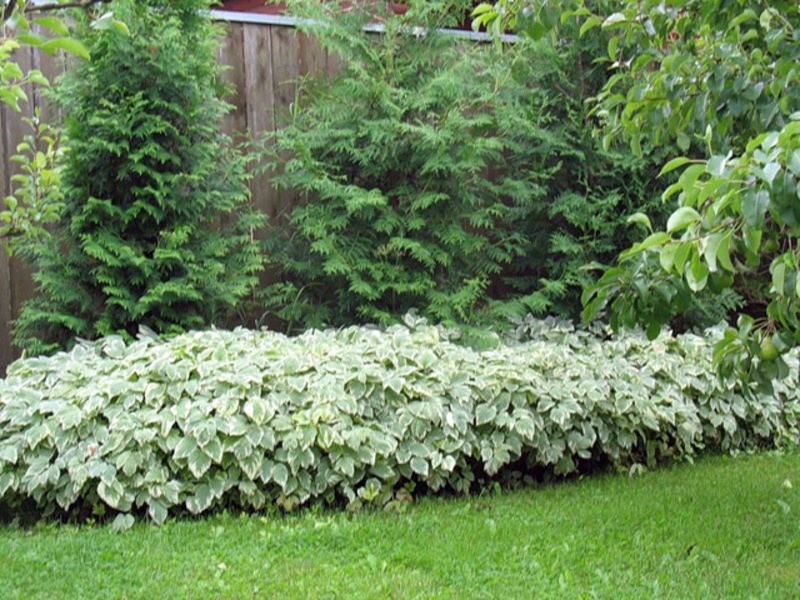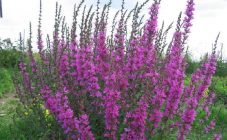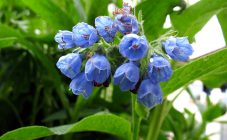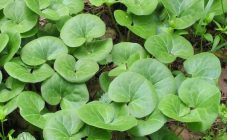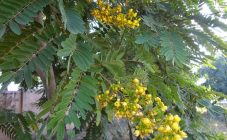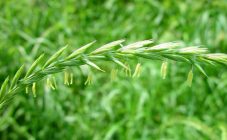Content:
In many household plots, in parks or in forest belts, you can see medium-sized grass crowned with light umbrella-shaped flowers. This is a runny plant. Among the people there are other names, under which it is easy to guess the culture: lamb, lamb, rustle, delilnik, food-grass, swamp bumpy and even "goat's leg" (the name is used in relation to common dream, some of the leaves of which are similar to the imprint of a goat's hoof) ...
Description and properties
This culture is from the Umbrella family, and it is very unusual in its characteristics. In the old days, with its help, various fabrics were dyed green, dark yellow or brownish. But even more often it was used as a remedy and continues to be used to this day. In the folk medicine of Poles, infusions from sleep have found their application in the treatment of polyarthritis, gout, rheumatism, various poisonings and gastrointestinal diseases. Moreover, even in the Middle Ages, the British cultivated this plant near monasteries and called it "bishops' herb" because these ministers were inactive, suffered from osteochondrosis, rheumatism and gout, and this plant helped them. As for Russia, people strove to raise the wilderness for food.
Culture grows both in Europe and in some regions of Asia. In Russia, it can be found everywhere in the European part, in Transbaikalia, in the Caucasus and in Siberia. She is very tenacious, it is very difficult to bring her out.
Varieties of runny herbs
Runny ordinary
The most common and healthy variety. It was possible to study it more than others, it is used as a remedy more often than other varieties. What does the common grass look like and whether it is nearby the site is quite simple to determine. She has an erect tubular stem, which branches upward. In height, the grass can reach from 0.5 to 1 m. The leaves are simple, oblong-ovate in shape with jagged edges. On the front side, the foliage is bare, but on the back there is a fluff. Each leaf can be 15-35 cm wide and 10-30 cm long. They grow on petioles.
The leaves located at the top are smaller and not as dissected as those below. Also, the upper foliage has practically no pubescence and the petioles are very short, while in the lower ones they reach 30 cm. The inflorescences are in the form of a composite umbrella, having 20-30 mini-umbrellas, 1.5 cm in diameter each, and having small white flowers. Moreover, only the central umbrella is capable of bearing fruit, but the lateral ones are not capable of this.
The plant still has a fruit - a brown two-seed with ribs.The length of each such fruit is 3-4 mm. Ripening is closer to the middle days of August.
The root system of the dream is a long underground rhizome, which also contains buds and seeds, which makes it even harder to fight the crop - in most cases, with any attempts to uproot the grass, it grows even more.
Runny variegated
Truly the brightest variety among its relatives. It is a perennial herb, often used in landscape design. The variegated dream has excellent triple-feathery leaves with a finely serrated edge. The foliage adheres to long, persistent petioles; from the back, the plates are slightly pubescent. The grass is motley in color, combines white and green colors, which looks very harmonious.
The root system is branched and forms a long creeping rhizome. It grows very quickly.
The variegated variety blooms with tall umbellate inflorescences of many snow-white small flowers. The entire flowering period takes about two weeks, after which seeds are actively formed, which gardeners tend to cut off to full maturity, since they do not retain the characteristics of the mother plant.
Runny broadleaf
Herbaceous perennial variety, quite demanding to care for. It grows only in one place in the world - and this is the southeastern coast of Lake Baikal. It has a bare grooved stem, does not exceed 0.7 m in height. The leaves, which are located below, are rounded in shape, have large serrations at the edges. It produces umbrellas with a diameter of 5-15 cm, each with 12 to 22 beams with umbrellas made of snow-white small flowers. The time of flowering and fruiting is the same as in the common dream.
Runny Kashmir
A perennial herbaceous variety, much smaller in size than the common runny. They are very similar in appearance, so earlier these varieties were often confused with each other. But this variety has its own characteristics, by which they can be distinguished - this is the presence of sectoral tubules in the petals of flowers and thinner and smaller roots, stems and leaves.
The Kashmir runny blooms in the second half of summer. It prefers to grow in shady areas, especially in forests and gorges. When it grows, it covers a vast area of land, but it grows no more than 0.3 m above the soil. It easily displaces other weeds, for which they like to use it as a decorative lawn. It is well eliminated, unlike its relatives, and it is not difficult to cope with it. However, due to its love for shade, it cannot grow in sunny areas, and it is more planted in gardens.
This variety does not carry any medical benefits, and if it is used, then only in decorative terms.
Growing white grass
Of all the varieties in the plots, the common runny is found more often than others. If she did not appear on her own, the following rules can be followed for her breeding:
- In order for the culture to grow better, you should choose shady or semi-shady places for planting it. She thrives on all cultivated garden soils and loves moisture.
- It propagates by seed and by means of segments from the rhizome. You can land at any time from May to the end of September. It is better to deepen the planting material into the ground at a distance of 5-8 cm.
- The culture very quickly fills the area, so if it was decided to start it on the site, you should think about those measures that would prevent its spread. For example, to do this, it is necessary to dig out extra plants every year or, as an option, initially plant them in an underground container made of tin or polyethylene.
- After planting, in fact, nothing more is required from the gardener. If an ornamental variety has been chosen, it is shaped appropriately.Ordinary runny only needs watering if the season is especially hot, and diseases and pests practically do not attack it. It has excellent antifungal and bactericidal properties.
Description of the beneficial properties of ordinary snake
The plant has anti-inflammatory, wound healing, diuretic effect on the human body. In addition, freshly cut leaves also have an analgesic effect.
If you collect young leaves before the grass begins to bloom, they can be eaten to prevent hypo- and avitominosis, scurvy. Infusions and decoctions for dermatitis and fungal diseases help well, when washing with medicine, the condition of the skin is noticeably improved. Thanks to the wound-healing effect, various wounds, scratches and wounds will pass faster.
Also, the juice of the grass when rubbed in will significantly improve the condition with rheumatism, and the analgesic effect will relieve tension from gout and various inflammations.
How to harvest and store white grass
As a rule, there are always plenty of raw materials. Most often, the ground part of the grass is used, somewhat less often its roots. Harvesting should be started during the flowering period. It is first dried in the open air, and then dried at home at a temperature of + 25-30 ° C, but this applies only to greens. The rhizome is harvested after the flowering period. This will require a preliminary rinsing in cold water and only then drying in a shady place.
If the season for harvesting the plant was missed, you can always purchase it at the pharmacy. A doctor's prescription is not needed for this, but it is better to consult with a doctor before using. You should also know about the contraindications of this remedy to all pregnant and lactating women.
Despite the fact that most people are trying hard to eradicate and remove grass from their site as soon as possible, it is very popular among beekeepers. The culture produces a lot of pollen and nectar, so bees constantly circle around it, especially in the first half of the day. During the flowering period, beekeepers can collect up to 150-200 kg of product from 1 hectare of densely overgrown grass. In color, such honey will be of a yellow-greenish hue, with a very pleasant aroma and enchanting taste.
